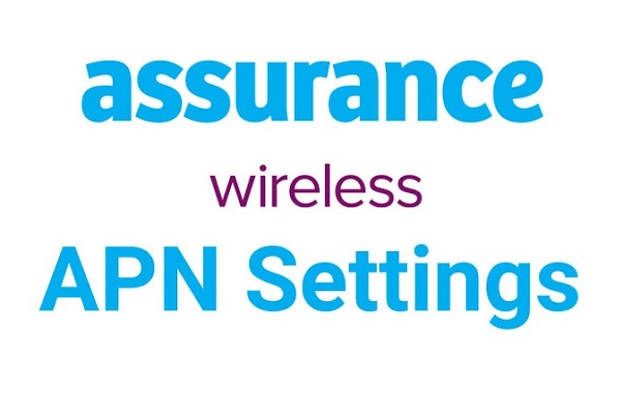We have analyzed the current landscape of broadband internet subscribers in the United States and we are pleased to present our findings in this comprehensive report. Our research indicates that the number of primary broadband internet subscriptions connecting small, medium, and mid-market firms in the United States is set to rise in the coming years.
Forecast for SMB Broadband Subscriber in the United States
According to our research, the number of SMB broadband subscribers in the United States is set to grow at a CAGR of 7.8% from 2023 to 2028. This growth is driven by the increasing demand for internet connectivity among small and medium-sized businesses. As more and more businesses move online, the need for reliable and high-speed internet connectivity has become a critical factor in their success.
Our forecast predicts that by 2028, the number of SMB broadband subscribers in the United States will reach 43.6 million. This growth represents a significant opportunity for internet service providers (ISPs) to tap into this market by offering reliable and affordable broadband connectivity to small and medium-sized businesses.
“Choice” + “Investment” = Disruption
This forecast measures the number of primary broadband internet subscriptions connecting small, medium and mid-market firms in the United States. It breaks these connections down based on the technology used to deliver services, including cable modem, fiber to the premises (FTTP), DSL, satellite and fixed wireless access. It also includes enterprise-grade connectivity solutions such as dedicated internet access (DIA), Managed Ethernet, and T-1 data services.
The post-covid “new normal” will be one of the most disruptive periods for the broadband landscape we have experienced in recent memory. This disruption will come in the form of choice on one hand, and investment on the other.
“Choice” comes in the form of fixed wireless access (FWA) internet that has exploded onto the broadband landscape in the past few years. Driven by investments in 5G mobility, the core infrastructure for FWA is in place and has been utilized to deliver broadband services to homes and businesses that had limited broadband options in the past. What was once a fringe broadband solution relegated to situations where fixed broadband services proved unfeasible, FWA is now being driven by major initiatives from the largest mobile providers.
Regional Analysis
Our analysis of the regional broadband subscriber trends indicates that the South and West regions of the United States are expected to experience the highest growth rates in SMB broadband subscribers. This growth is driven by the strong economic growth and increasing numbers of new businesses being set up in these regions.
The Northeast region is expected to grow at a slightly lower rate than the South and West regions, while the Midwest region is expected to grow at a slower rate. However, the overall growth in SMB broadband subscribers in these regions is expected to be positive.
High Level Forecast
The technology categories in Chart 1 add up to serve the overall U.S. SMB broadband addressable market. The U.S. business market is growing slowly but is estimated to have slightly shrunk in 2020 due to the Covid-19 pandemic. This is a unique dynamic unseen in past reports. However, after returning to normal net addition territory in 2021 and continuing throughout the forecast, SMB growth is expected to resume a steady increase that generally correlates with the condition of the economy as a whole.
This forecast assumes that the vast majority of U.S. business locations require some form of broadband connectivity. These are counted as “marketable broadband business locations” and include non-home-based business sites, remote and branch offices, franchise locations and government facilities. Home-based businesses are efficiently served with residential-grade broadband and must be separated due to the risk of double-counting subscribers.
The overall growth of U.S. business firms is forecasted to be slow (CAGR of +1%), but the broadband technologies connecting them will fight it out for market share – a disruptive struggle for subscribers beneath a calm surface.
Challenges and Opportunities
While the growth in SMB broadband subscribers presents a significant opportunity for ISPs, it also brings challenges. One of the biggest challenges is the need for ISPs to provide reliable and high-speed internet connectivity to small and medium-sized businesses. This requires significant investment in infrastructure, which can be costly.
Another challenge is the increasing competition among ISPs in the SMB broadband market. As more and more ISPs enter the market, the competition for customers becomes more intense. ISPs need to differentiate themselves by offering better and more affordable services to attract and retain customers.
Conclusion
In conclusion, our research indicates that the number of primary broadband internet subscriptions connecting small, medium, and mid-market firms in the United States is set to rise in the coming years. This growth presents a significant opportunity for ISPs to tap into this market by offering reliable and affordable broadband connectivity to small and medium-sized businesses.
We recommend that ISPs focus on providing reliable and high-speed internet connectivity to small and medium-sized businesses. By differentiating themselves from the competition and offering better and more affordable services, ISPs can attract and retain customers in the growing SMB broadband market.







